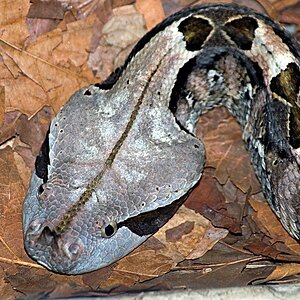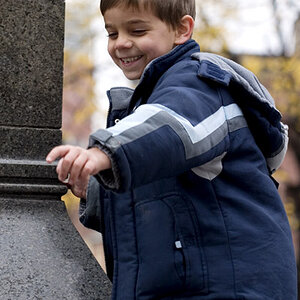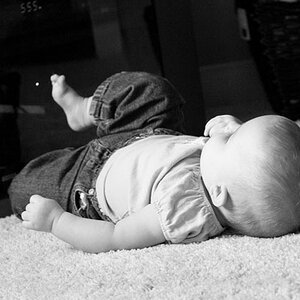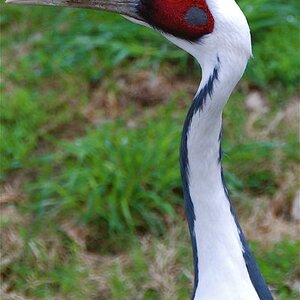Derrel
Mr. Rain Cloud
- Joined
- Jul 23, 2009
- Messages
- 48,225
- Reaction score
- 18,941
- Location
- USA
- Website
- www.pbase.com
- Can others edit my Photos
- Photos OK to edit
SNIP>>There was a photographer at the Olympics who was using one of those big wooden large format cameras.>>SNIP/
Speed Graphic - Wikipedia
From the above article:
"In 2004, American photojournalist David Burnett used his 4x5 inch Speed Graphic with a 178 mm f/2.5 Aero Ektar lens removed from a K-21 aerial camera[10] to cover John Kerry's presidential campaign.[11][12] Burnett also used a 4x5 inch Speed Graphic to shoot images at the Winter[13] and Summer Olympics.[14]"]


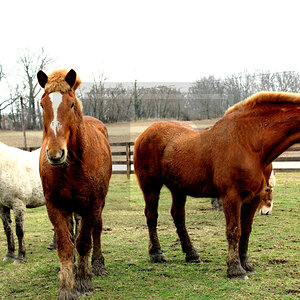
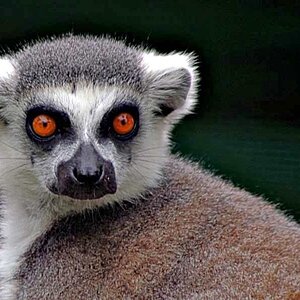
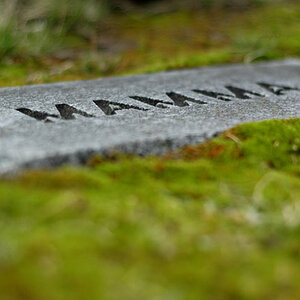
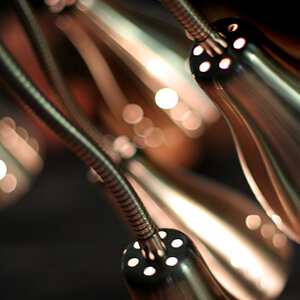
![[No title]](/data/xfmg/thumbnail/42/42397-30faa170de7ed9be38adf00b9b26a220.jpg?1619740167)

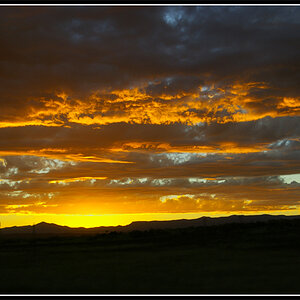
![[No title]](/data/xfmg/thumbnail/34/34062-c0c9c0a752bc1af58237eff1ec850163.jpg?1619736259)
